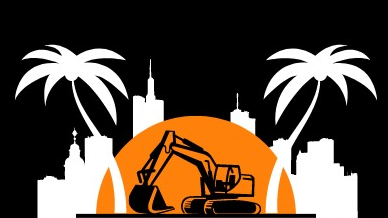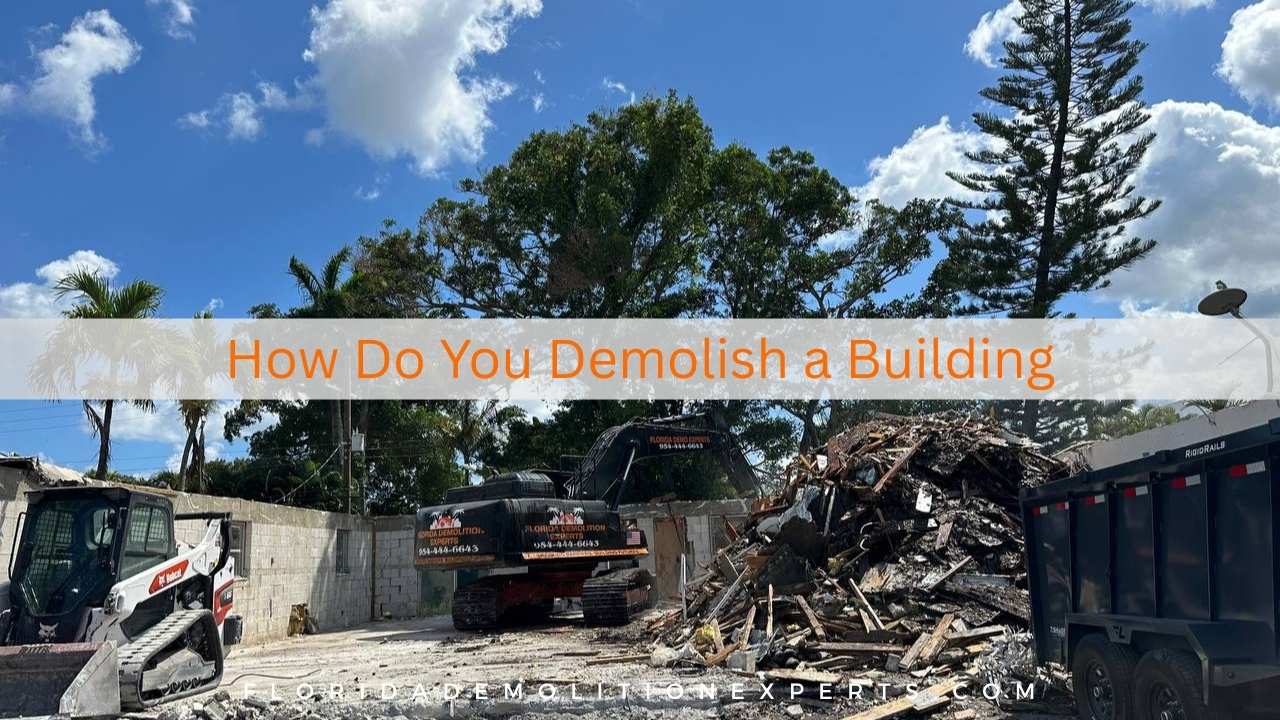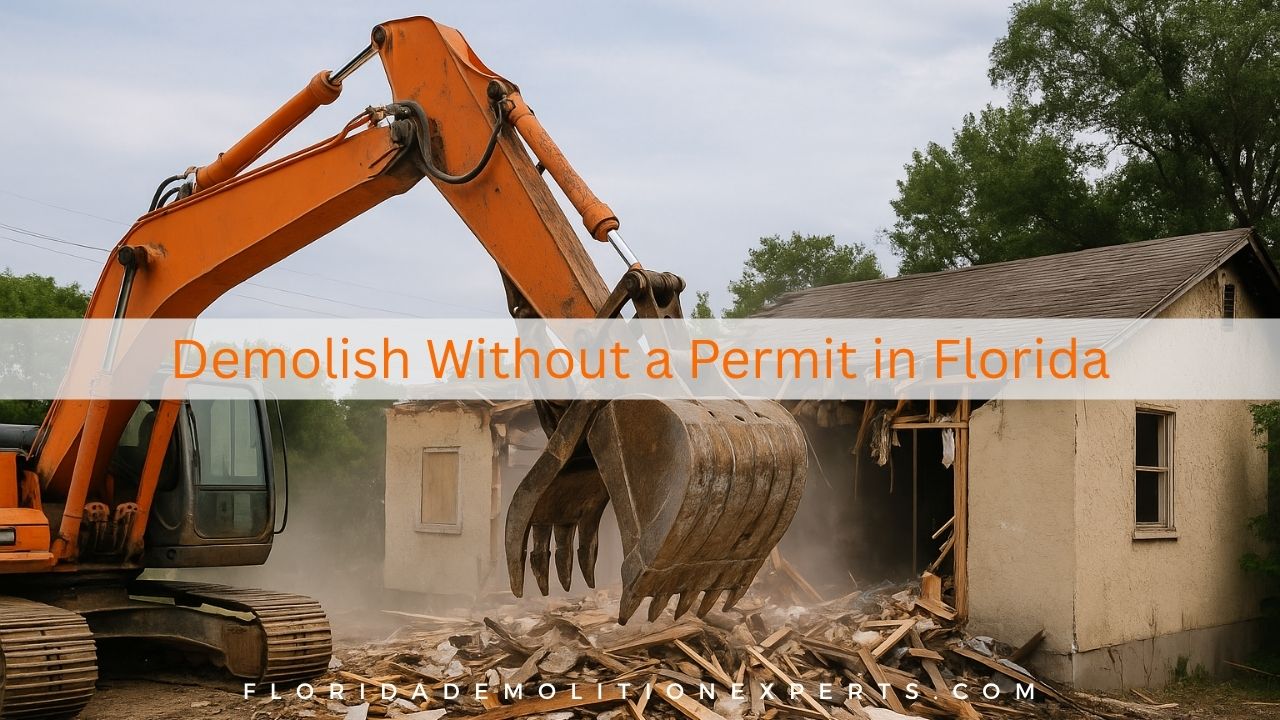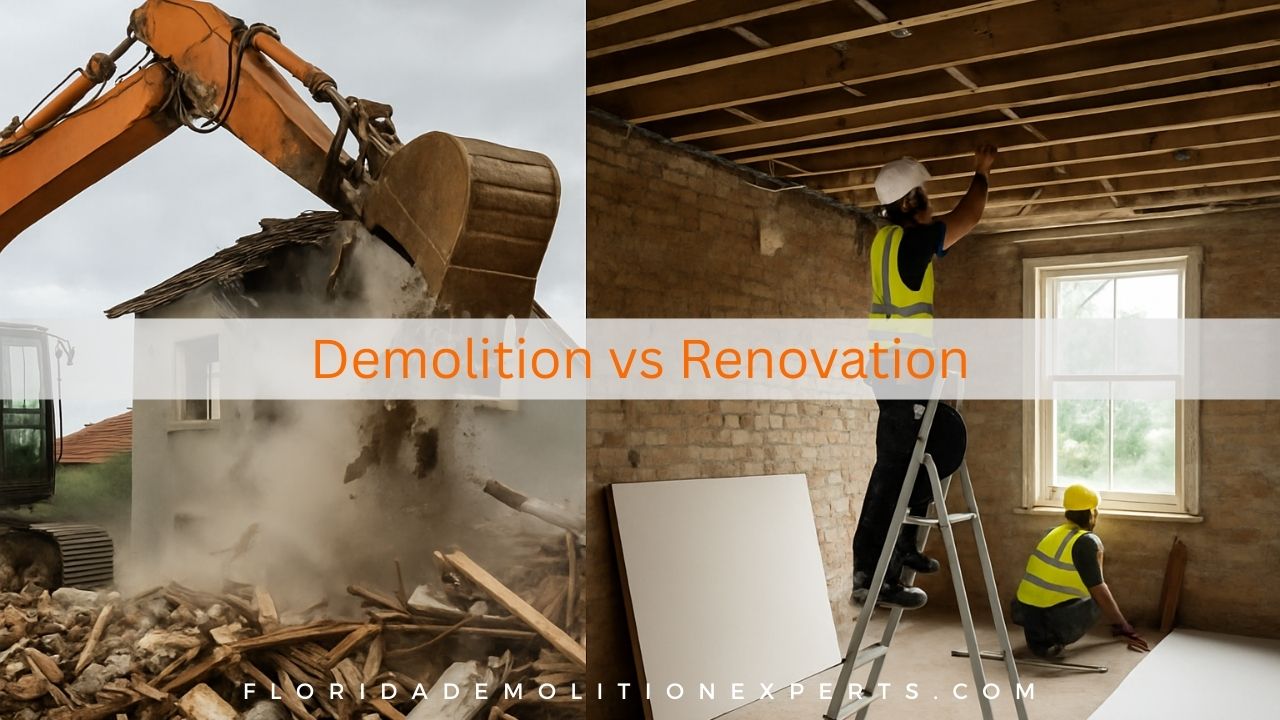Have you ever stood before an old building and wondered, “How do professionals bring down something this massive without creating chaos?”
While demolition may seem like simple destruction, it’s a highly strategic process that combines engineering, safety, and precision.
Every building, from a small house to a multi-story office block, requires careful planning and expert execution to ensure it comes down safely and efficiently.
Demolish a Building: Step-by-Step Process
Step 1: Planning and Permits
Meticulous planning is the foundation of every demolition project. Without it, the risk of accidents, fines, or project delays skyrockets.
Professionals start by conducting a detailed site survey. Engineers inspect the building’s structure to determine weak points and how the demolition should progress. Hazardous materials like asbestos, mold, or lead are identified, since specialists must remove these before demolition can begin.
Equally necessary are the legal approvals:
- Demolition contractors must apply for permits from the local city or county.
- They often need to notify neighboring property owners.
- Utility providers are contacted to disconnect electricity, gas, and water to prevent fires or explosions.
This stage ensures the project complies with building codes, environmental standards, and safety laws.
Step 2: Safety Preparations
Demolition isn’t just about tearing down a building but protecting lives and property. Before the first wall is touched, the site is transformed into a controlled environment.
Common Safety Preparations Include:
- Protective Barriers: Fencing and scaffolding are installed to keep debris contained and prevent unauthorized entry.
- Dust Control: Water cannons or mist systems minimize air pollution and protect workers’ lungs.
- Emergency Protocols: Fire suppression systems and first aid stations are implemented.
- PPE Requirements: Workers are equipped with helmets, gloves, masks, and steel-toed boots to protect against falling objects and dust inhalation.
This stage protects the crew and ensures nearby businesses, homes, and pedestrians remain safe.
Step 3: Choosing the Right Demolition Method
Not every building can be demolished in the same way. The demolition method depends on the size, location, and surrounding environment. Professionals analyze these factors before choosing one of the following techniques:
Manual Demolition
This method is used for small structures like houses or garages. Workers use sledgehammers, pry bars, and small machinery to dismantle the structure piece by piece. It’s slower but ideal for controlled demolition in tight spaces.
Mechanical Demolition
The most common method for medium to large projects is to use excavators, bulldozers, and wrecking balls to efficiently knock down buildings. This method balances speed and safety.
Implosion
This type of explosive is reserved for massive structures like stadiums or high-rises. Controlled explosives weaken key support points, causing the building to collapse inward on itself. This requires highly specialized expertise since mistakes can endanger nearby buildings.
Deconstruction (Selective Demolition)
An eco-friendly method involves carefully dismantling the building to salvage materials like steel, wood, and concrete. While time-consuming, it reduces landfill waste and allows recycling.
Each method is chosen based on the project’s unique challenges, ensuring the demolition is effective and safe.
Step 4: The Demolition Process
Once the planning and preparations are complete, it’s time for the action, the actual demolition. This phase looks dramatic, but it is still controlled and monitored closely.
Typically, demolition progresses in stages:
- Top-down approach: First, the roof and upper floors are removed to prevent uncontrolled collapses.
- Structural breakdown: Walls and support beams are taken down using machinery or explosives.
- Debris management: Rubble is continuously collected and sorted into recyclable and non-recyclable materials.
Throughout the process, workers constantly communicate to adjust techniques as needed. For example:
- Cranes with hydraulic shears may cut through steel beams.
- Excavators fitted with concrete pulverizers break apart large chunks of reinforced concrete.
- Water is sprayed constantly to suppress dust clouds.
The goal is to keep the demolition predictable, safe, and efficient.
Step 5: Site Clean-Up and Waste Management
Demolition doesn’t end when the building falls. The final stage is just as important: cleaning and restoring the site.
This includes:
- Rubble Removal: All debris is loaded onto trucks and transported off-site.
- Material Sorting: Concrete, steel, and wood are separated for recycling. Metals, in particular, are valuable and often resold.
- Land Grading: Heavy equipment smooths and levels the ground to prepare it for future construction.
- Environmental Testing: The soil and site are checked for contaminants to ensure safety for the subsequent use.
This thorough clean-up ensures the land is ready for new construction or redevelopment, leaving a safe and usable space behind.
Final Thoughts
While demolishing a building may look chaotic from the outside, it’s actually a precise science. From planning permits to site clean-up, every step is designed to protect people, preserve the environment, and make way for new beginnings.
👉 Need a trusted demolition contractor in Florida?
Contact Florida Demolition Experts today. With years of experience, cutting-edge equipment, and a commitment to safety, we make the demolition process stress-free and efficient.






